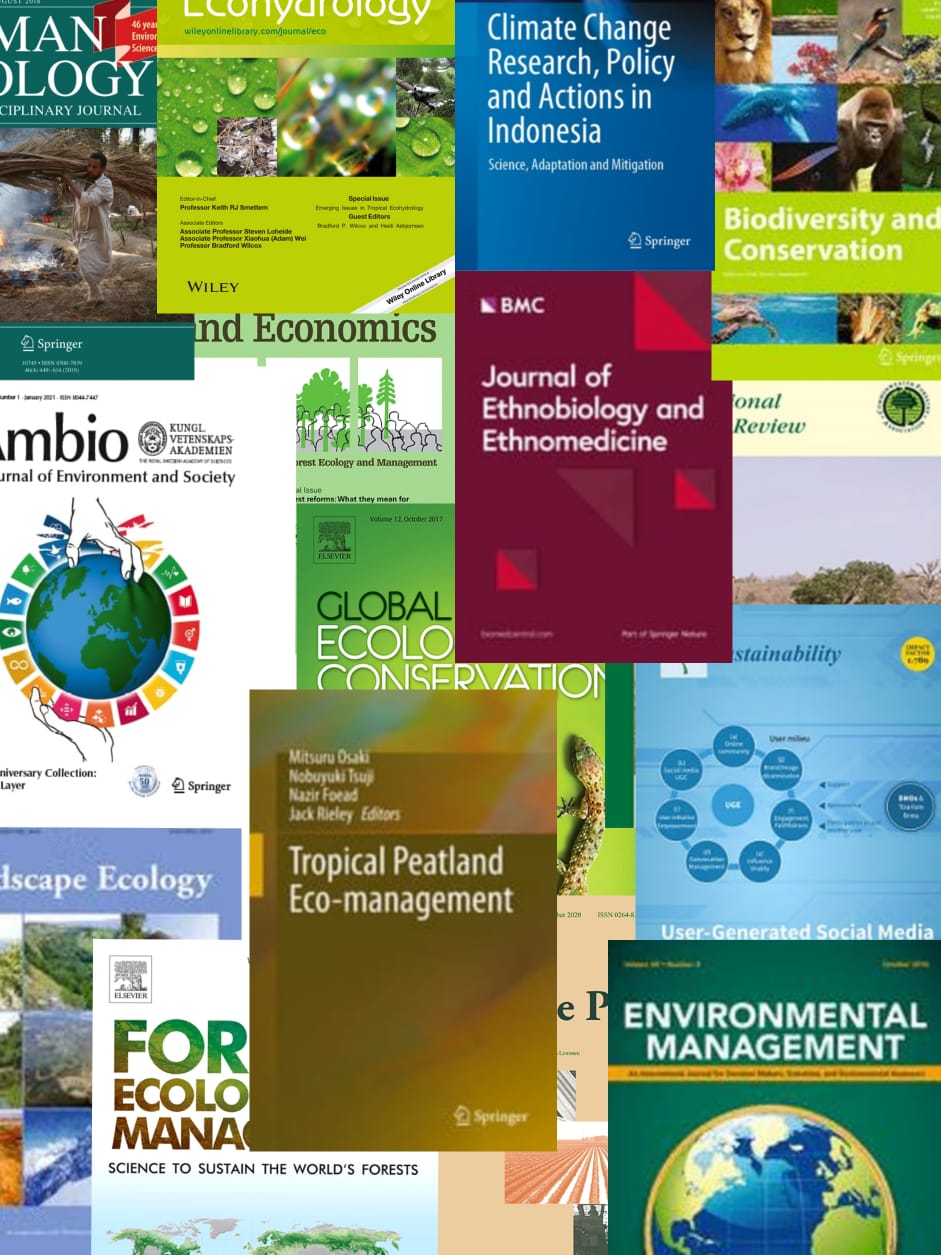Keyword(s)
afforestation, agricultural credit, agroforestry, deforestation, development programmes, farmers' attitudes, fibre plants, forest trees, grasslands, incentives, land use, light, maize, population dynamics, population pressure, private forestry, social forestry, tenure systems, trees, vegetation types, weeds, wild relatives, woody plants, Philippines, imperata cylindrica, plants, zea mays, Imperata, Poaceae, Cyperales, monocotyledons, angiosperms, Spermatophyta, eukaryotes, Zea, APEC countries, ASEAN Countries, Developing Countries, South East Asia, Asia, agricultural tenure, agriforestry, agro-forestry, alang-alang, cogon grass, corn, development programs, fiber plants, fibre crops, land tenure, reafforestation, reforestation, tenure, tree farming, woodlot forestry, Agroforestry and Multipurpose Trees, Community, Farm and Social Forestry (KK600), Grasslands and Rangelands (PP350), Weeds and Noxious Plants (FF500), Land Use and Valuation (EE160) (Discontinued March 2000), Investment, Finance and Credit (EE800), Structure, Ownership and Tenure (EE165), Farming Systems and Management (EE200) (Discontinued March 2000), Plant Cropping Systems (FF150)

